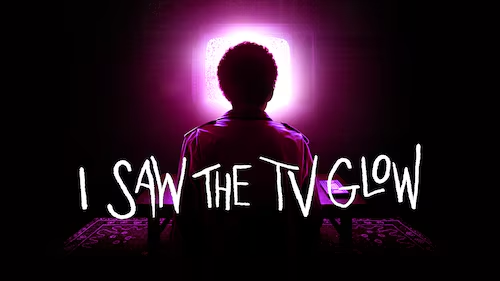‘A Grizzly’s Guide to a Healthier Y(OU)’: What is seasonal affective disorder?
Photo courtesy of Gabrielle Abdelmessih
Campus Editor and Columnist, Gabrielle Abdelmessih.
With the clock “falling back” one hour and chillier weather coupled by a lack of sunlight rolling in, it can be easy to feel the winter blues. While it is normal to feel a little down as a result of the change of season (10-20% of Americans experience this), some people (5% of adults in the U.S.) experience Seasonal Affective Disorder (SAD) — a form of depression.
The onset of SAD generally occurs in the late fall or early winter, though there is a rare form of SAD that begins in the spring and ends in the fall. SAD typically affects younger adults and about 75% of people diagnosed with SAD are women.
Risk factors for SAD include living far north or south of the equator, family history of SAD and/or having a mood disorder or other mental health conditions. While research is still ongoing to determine what causes SAD, there are theories that decreased exposure to sunlight may disrupt the body’s circadian rhythm and decrease serotonin and melatonin levels.
The following list is a compilation of SAD symptoms according to the Mayo Clinic :
- Feeling depressed most of the day, nearly every day
- Losing interest in activities you once enjoyed
- Having low energy
- Having problems with sleeping
- Experiencing changes in your appetite or weight
- Feeling sluggish or agitated
- Having difficulty concentrating
- Feeling hopeless, worthless or guilty
- Having frequent thoughts of death or suicide
If you have symptoms of SAD, don’t diagnose yourself—talk to your healthcare provider. It may be part of a larger mental and/or physical health issue, and they can help you with treatment options and seeking out a mental health professional to talk to.
According to the National Institutes of Health (NIH), to be diagnosed with SAD, a person must meet the following criteria:
- They must have symptoms of major depression or the more specific symptoms listed above.
- The depressive episodes must occur during specific seasons (i.e., only during the winter months or the summer months) for at least 2 consecutive years. However, not all people with SAD do experience symptoms every year.
- The episodes must be much more frequent than other depressive episodes that the person may have had at other times of the year during their lifetime.
Treatment for SAD could include bright light therapy, antidepressant medication, taking vitamin D supplements or a combination of these options.
To improve general wellness, exercise, spending time outside (even if it’s cloudy!) and eating a well-balanced diet can all contribute to improving mental and physical health during the winter months.
The Graham Health Center and OU Counseling Center both have on-campus resources regarding your physical and mental health.
If you have any topics you would like discussed in a future column, please leave a suggestion in the comments or email me via [email protected].












Marc Sorenson • Nov 15, 2021 at 11:30 AM
That was a great article, and sorely needed in these trying times. Serotonin is especially important. Serotonin is a key to sunlight’s effects and is the master mood enhancer. Sunlight produces vast quantities of serotonin. Dr. Gavin Lambert, in a research experiment, measured serotonin levels in response to light. He drew blood samples from 101 men and compared the serotonin concentration to light exposure. Men measured on a bright day produced eight-times more serotonin than those measured on a dismal day. Therein lies the answer to SAD. When the sun is shining, winter or summer, take advantage of it. Be careful not to burn. When it is not shining, use a sun lamp or light box. It will make you feel more alive. More information: sunlightinstitute.org. In addition, read Dr. Marc Sorenson’s book, Embrace the Sun.